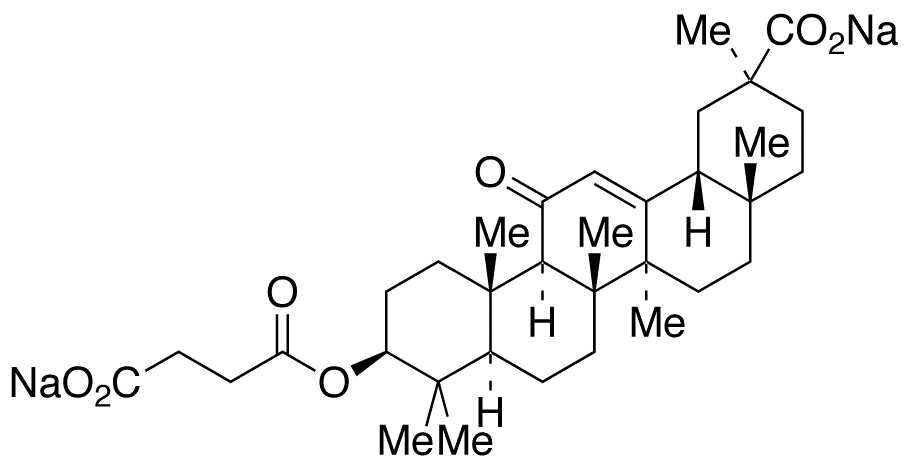Gap Junction Protein
Gap junction proteins, primarily connexins, are essential components of gap junctions—specialized intercellular channels that facilitate direct communication between adjacent cells. These proteins allow the transfer of ions, metabolites, and small signaling molecules, enabling rapid and coordinated responses within tissues. Connexins assemble into hexameric structures called connexons, which dock with connexons from neighboring cells to form complete channels. Gap junctions are critical in maintaining tissue homeostasis, influencing processes like cardiac conductivity, neuronal signaling, and metabolic regulation. Dysfunction or mutations in gap junction proteins are implicated in a variety of diseases, including cardiac arrhythmias, neuropathies, and skin disorders, making them significant targets for therapeutic intervention to restore normal cell communication pathways.

